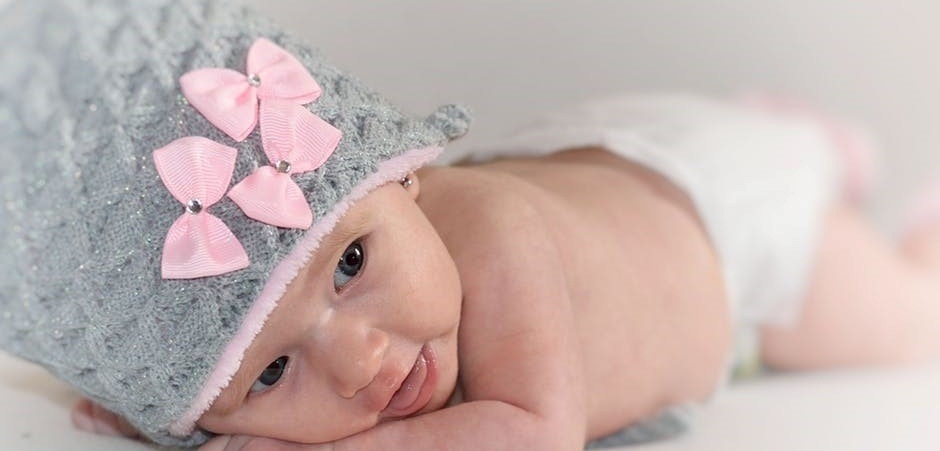
A child’s vision undergoes many changes in its first year of life. At each appointment, the paediatric ophthalmologist will check your child’s vision in order to monitor it and ensure that their vision is developing correctly. If your baby was born prematurely, the stages of visual development established below should be calculated from the date when he or she should have been born rather than the actual date of birth.
At birth, babies are very sensitive to intense light. For this reason, we can see how small their pupils look, which limit the amount of light that enters the eyes. A newborn can see objects at the sides with peripheral vision (lateral), but central vision continues to develop.
In a couple of weeks, as the retina develops, the baby’s pupils widen and can make out ranges of light and dark, as well as patterns. Large shapes and bright colours may begin to attract their attention, and babies may begin to focus on objects right in front of them.
At one month old, the baby can begin to briefly bring your face into focus, but may still prefer bright colours located around a metre away. Children are able to see what is happening in a room even at birth, but they are basically most interested in objects that are very close to them.
During the first two months, the baby’s eyes do not work in a very coordinated way. You may observe that they seem cross eyed or move in opposite directions. In most cases, it is normal for them to correct themselves. Nevertheless, if one of your baby’s eyes seems to constantly move towards the nose or to the side (strabismus), consult your paediatric ophthalmologist.
After two months, the babies will normally be able to follow a moving object with their gaze, and their visual coordination will improve. In fact, at around the age of three, the baby may have good enough eye and arm coordination to hit a nearby moving object.
At three months old, the baby’s eyes should work well together and be able to focus and follow objects. If this is not the case then you should consult the ophthalmopaediatrician.
At around five months old, babies have better developed their ability to determine how far away objects are (known as depth perception). They see the world more completely in three dimensions, and this becomes more apparent as they learn to reach either near or far objects. They also achieved good colour vision at this age, although not as developed as that of an adult.
At this point, a baby can recognise its parent from the other end of a bedroom and smile at them, as well as distinguishing outside objects through a window. They can also remember what the object is even though they only see a part of it.
In general, babies begin to crawl at around eight months old, and this further improves their hand and eye coordination.
At around nine months old, babies are pretty good at calculating distances. This is when they begin to try and get up and stay on their feet. At around ten months old, babies can calculate and appreciate distances well enough to grab something between their thumb and index finger.
At nine months, the colour of the baby’s eyes reaches its definitive shade, although it is not uncommon to see some subtle changes later on.
By their first birthday, most babies are crawling and begin to try and walk.
Eye or visual problems can slow a baby’s development. This is why it is important to detect them as early as possible in order to give them the help that they need to grow and learn correctly.
Observe and detect any symptom that may indicate a visual or eye problem. Some of these symptoms may include the eye wandering outwards or inwards or difficulty following moving objects. If these are detected, see an ophthalmopaediatrician.
Make sure that your baby does the necessary ophthalmological and paediatric tests for early detection of any anomaly.
Consult with your paediatrician about activities to improve visual development, which will depend on your child’s age.
Contact us or request an appointment with our medical team.